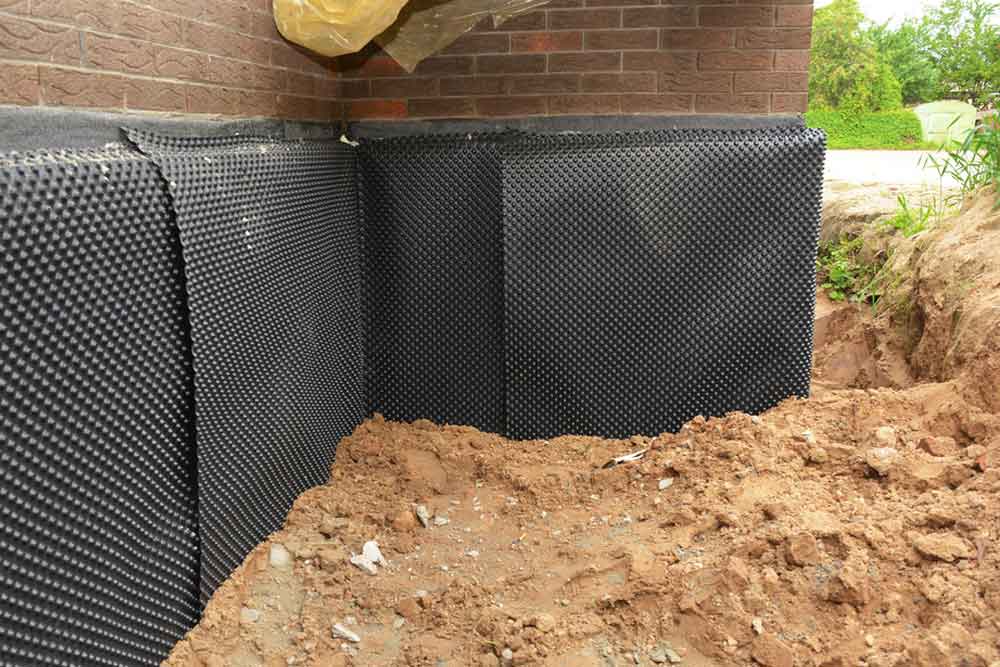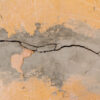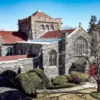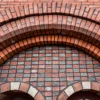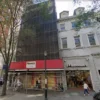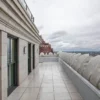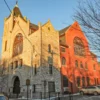Understanding the distinction between damp proofing vs. waterproofing is vital for maintaining the health and longevity of buildings, especially in a historically rich city like Philadelphia. Damp proofing refers to treatments applied to prevent moisture from being absorbed through the walls and into the interior spaces. It’s essential in protecting buildings from ground moisture and the dampness that can arise from it. Waterproofing, however, takes this protection a step further. It involves the application of specialized materials that completely seal a structure from water ingress, whether from sub-surface moisture or external elements like rain. This process is particularly critical in areas subjected to heavy rains or where buildings are exposed to standing water. Both methods play a significant role in preserving buildings’ structural integrity and aesthetic appeal, from historic landmarks to modern constructions.
Premier Building Restoration: Your Shield Against Moisture
Premier Building Restoration stands at the forefront of providing expert solutions in both damp proofing and waterproofing, catering to the diverse needs of Philadelphia’s buildings. Our team brings knowledge and experience to each project, ensuring your property receives the most effective moisture protection treatment. We recognize that each building has unique requirements, whether an age-old historic structure or a contemporary skyscraper. Our approach is not just about applying treatments; it’s about understanding the specific needs of your property and delivering tailored solutions that ensure long-term protection and preservation. With Premier Building Restoration, you can be confident that your property is in capable hands and protected against the challenges posed by moisture.
Damp Proofing: Techniques and Applications
Damp proofing is a method to prevent moisture from entering and damaging a building’s lower sections. This technique is particularly vital in areas like Philadelphia, where varying soil moisture levels can affect buildings. The most common method of damp proofing involves applying a special coating to the exterior walls of a building. This coating, typically made of waterproof asphalt or cement-like material, acts as a barrier against moisture.
Another technique involves installing a damp-proof course (DPC). This is a physical barrier inserted into the walls of a building, usually at the foundation level, to prevent moisture from rising through the walls – a process known as capillary action. The materials used for DPCs include flexible materials like plastic or more rigid options like slate.
Damp proofing also includes the management of surface water around the building. Proper drainage systems ensure that water from rain or snow does not accumulate around the foundation, which can lead to dampness issues. This is particularly important in older buildings where the original damp proofing might have degraded over time.
Damp-proofing applications are most commonly found in residential and commercial buildings, particularly in basements, cellars, and the foundation level, where ground moisture is most likely to penetrate. In historic buildings, care must be taken to use damp proofing methods that do not compromise the structure’s integrity or aesthetic value.
In summary, damp proofing is a crucial preventive measure for property owners and preservationists to protect buildings from ground moisture. Regular inspections and maintenance of damp proofing systems are key to ensuring their effectiveness and longevity.
Waterproofing: Techniques and Applications
One of the primary techniques in waterproofing involves the application of waterproofing membranes. These membranes are made from materials like rubber, plastic, or bitumen and are applied to the exterior surfaces of a building, including roofs, walls, and foundations. They act as a barrier, preventing water from penetrating the building. For roofs, waterproofing often includes the use of special coatings or sealants that are applied to tiles or roofing materials.
Another important aspect of waterproofing is the treatment of joints and seams in a building’s structure. These are potential weak points where water can enter. Sealants and joint fillers are used to ensure these areas are watertight. In addition, waterproofing can also include installing drainage systems to manage water around a building, preventing it from accumulating and causing damage.
Waterproofing finds its application in various structures, from residential and commercial buildings to bridges and dams. In the case of underground structures like basements or tunnels, waterproofing is particularly critical. Here, besides external waterproofing, internal waterproofing methods, such as water-resistant coatings or the use of water-absorbing materials, are also employed.
For property owners and historical preservationists in Philadelphia, waterproofing is a vital consideration in the maintenance and restoration of buildings. It not only ensures the structural safety of a building but also preserves its aesthetic and historical value. Regular checks and upkeep of waterproofing systems are necessary to safeguard buildings against the diverse challenges water damage poses.
Choosing the Right Solution for Different Structures
Choosing between damp proofing vs. waterproofing for different structures requires an understanding of each building’s specific needs and the environmental conditions it faces. Damp proofing can be a sufficient and cost-effective solution for residential homes with minimal exposure to high moisture levels, especially in areas with lower groundwater levels or less rainfall. It’s particularly suitable for protecting the lower sections of the house, such as basements or cellars, from soil moisture.
In contrast, commercial buildings or residential properties in areas with high rainfall or near water bodies would benefit more from comprehensive waterproofing. This is especially true for structures with subterranean levels, like underground parking or basements, where the risk of water ingress is significantly higher. Waterproofing is also essential for buildings made of materials highly susceptible to water damage, like certain types of stone or wood.
Historic buildings in Philadelphia, which might have aging structures and unique architectural features, present a special case. For these buildings, it’s important to choose a solution that protects the structure from water damage and preserves its historical integrity. This often requires a tailored approach, combining both damp proofing and waterproofing techniques, to address specific vulnerabilities while respecting the building’s aesthetic and historical value.
Safeguard Your Heritage with Premier Building Restoration
If you’re looking to defend your property against the perils of moisture, turn to Premier Building Restoration for reliable waterproofing solutions. Our expertise in this field is unmatched, and our dedication to preserving Philadelphia’s architectural legacy is unwavering. Contact us today to ensure your building receives the best possible care and protection against moisture damage.



